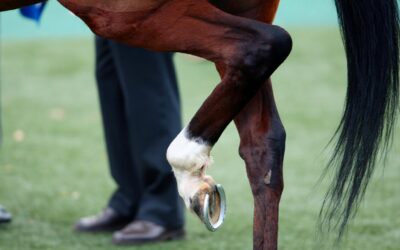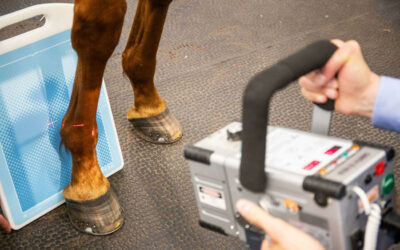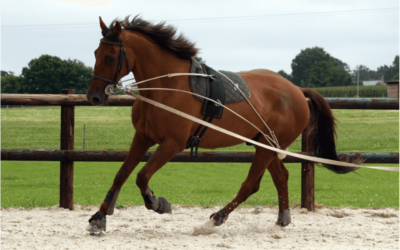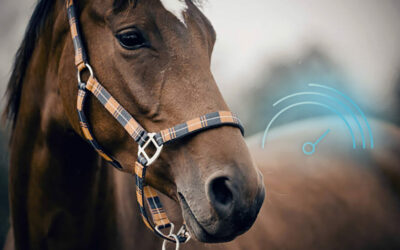EXPLORE
OUR BLOG
Here you will find information about performance and health measurements as well as tips about athlete horse health monitoring, telemedicine cases and equine well-being.

Subscribe to our newsletter
LATEST ARTICLES
ALL ARTICLES
Improving arrhythmia detection in racehorses with predicted covariates on electrocardiograms – EQUIMETRE VET
This poster is part of the arrhythmia detection project: the development of a statistical model for the detection and classification of cardiac arrhythmias in sports horses, carried by the EQUIMETRE tool. This first work enables to formalize the problem of arrhythmia detection and thus to translate it mathematically and propose a first solution.
Horse injury: what influence does the discipline have?
It is rational to think that a horse, depending on his discipline of predilection and his performance level, will have some predisposition to a specific type of injury. But today, what does science say about this?
Veterinary diagnostic tools: state of the art
Nowadays, an increasing number of veterinary decision support tools are available on the market, providing clear images, accurate measurements and quantified data. The first veterinary diagnostic tools were of course imaging techniques, with the arrival of radiography more than a century ago, but recent innovations have also challenged traditional practices.
In this article, we will review the different tools available for veterinarians to support their expertise and diagnosis.
Video analysis: an additional resource for locomotion examinations
In equine veterinary medicine, video images allow, among other things, to see joint movements in more detail, to measure them and to quantify them. In fact, several factors can influence perception when evaluating a horse’s locomotion, such as the presence of fur, which makes it difficult to appreciate joint movements in the lower limb area.
But how do veterinarians and researchers use this technique? How can video recording, correlated with the quantification of locomotion, support veterinary diagnosis?
Poster ICEEP – Exploration of asymmetry thresholds to characterise hindlimb lameness on the circle – EQUISYM
The EQUISYM poster presented during the ICEEP 2022: exploration of asymmetry thresholds to characterise hindlimb lameness on the circle
How to quantify the impact of the treatment protocol? – Valérie de Picciotto
Valérie de Picciotto, equine veterinarian, shares her experience of longitudinal monitoring after treatment with the EQUISYM system.
How can a quantification tool be integrated into veterinary practice?
Objective assessment of locomotion is gradually becoming a standard procedure in equine clinics worldwide, as it overcomes some of the limitations inherent in subjective gait analysis (Serra Braganca et al. 2018).
Mais comment s’adapter à ces changements ? Quelle stratégie adopter pour exploiter au mieux les atouts de ces nouveaux outils ?
Horse locomotion in a circle: analysis and interpretation
The locomotion of the horse in a circle is particularly complex to analyze and interpret. Impacts, analysis and example of interpretation.
Equine welfare: the measurement indicators’ complexity
In this article, we will make a quick review of the equine welfare history, analyze several indicators allowing a first multidimensional evaluation of the equine welfare, and finally list some initiatives that have been implemented by the institutions to prevent abuse.
.
